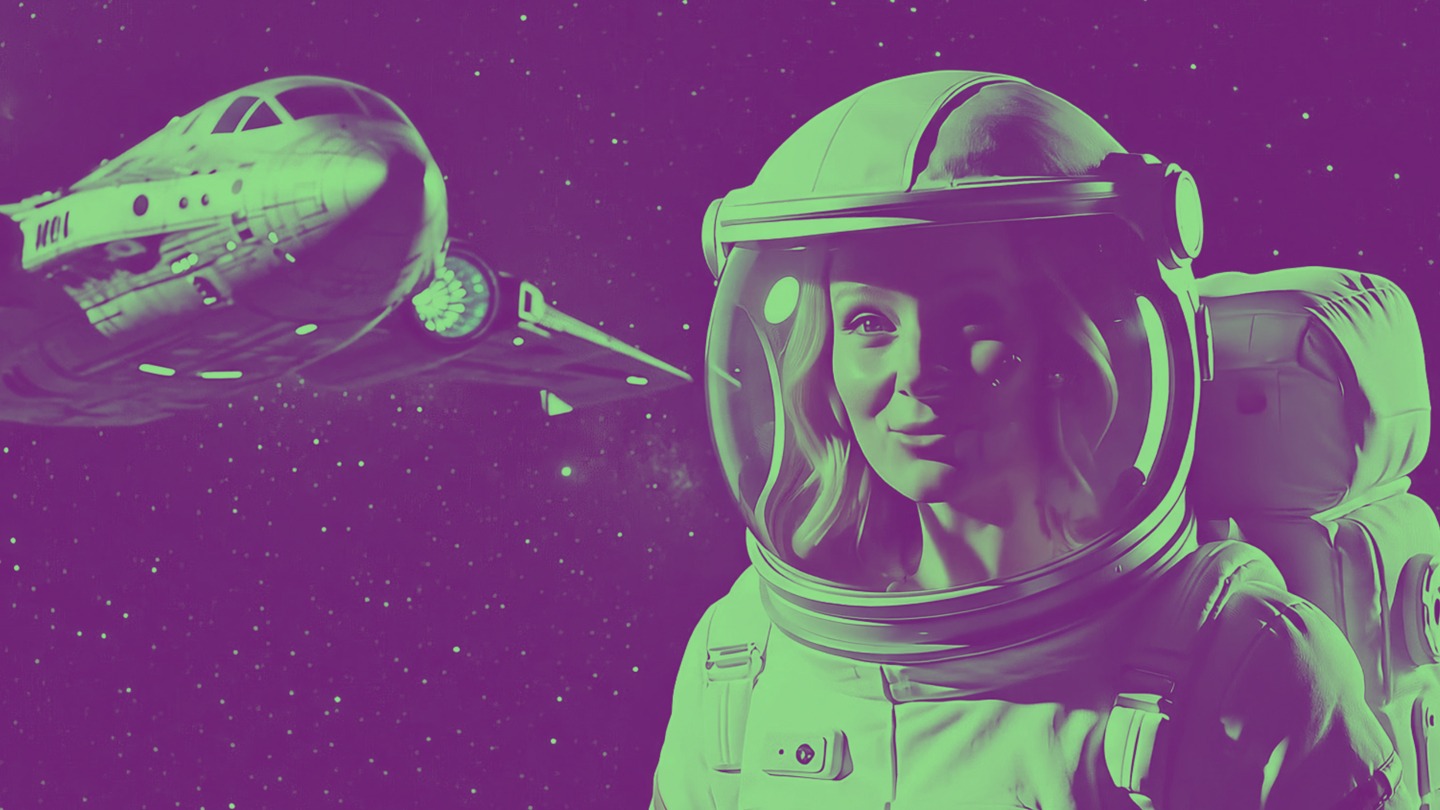Lights, Camera, Prompt! Can we trust AI-powered film?
AUTHOR
Olivia Horrox
Research shows that the AI-generated video content is booming with new software and tools coming online all the time.
But does AI make great video? It may be quicker but is it easier, and potentially cheaper for organisations? And what’s its impact on vital employee trust in leadership and the wider organisation?
Sequel film producer Olivia Horrox shares her experience of our AI-powered film experiment and what we’ve learned.
AI is shaking up the creative world, and for those of us working within it, it’s a simultaneously nerve-wracking and exciting time.
Every day we see AI-generated videos which make us pause to check if they’re real – whether it’s a video of a cyclist falling into giant puddle, or a whale having barnacles scrubbed off its back!
As a video team, we’re comfortable with integrating AI tools to enhance post-production. Transcription and subtitling within Premiere Pro, for example, have come on leaps and bounds, as has basic audio enhancing and music track lengthening. But when we’ve tried AI video generation, it’s always been visibly flawed , a bit spooky, and very obviously AI.
One of the biggest challenges our clients face is building trust, from trust in leaders to trust in business communications. And with so much comms noise inside and outside work (much of it now artificially generated), creating human-centred, authentic comms is more important than ever.
Research from the 2024 IC Index also says that a third of employees would ‘not at all trust’ a communication from their CEO or most senior leader that was developed by AI.
So, has AI-generated content come on far enough to be real enough to enhance trust?
We experimented with Google Veo 3’s new version of audio incorporation into their ‘text-to-video’ function. It can’t generate consistent characters, and each clip is limited to eight seconds, but we challenged ourselves to create a short film using only this tool.
The journey was not only fascinating but unexpected and a lot of fun.
We drafted a script in-house to test out:
- How realistic we could make the footage look and feel
- Conversely, what outlandish shots it could create, that we’d never be able to film ourselves
- Whether it could generate audio in different languages
We learned that prompt engineering is an art form which takes up valuable time. Common-sense instructions like ‘our character walks…’ sometimes resulted in them walking backwards rather than forwards, and at one point our astronaut character had not one, but two planet earths in the background. (You can watch some of our favourite ‘bloopers’ here: https://vimeo.com/sequelfilm/review/1100024103/0453f0c2e5)
With prompting practice, creative challenge and lots of iterations, we eventually were astonished at some of the clarity , accuracy and – dare I say – beauty of some of the shots created.
In about half the clips, our text-to-audio synched up with the character mouth movements – so not great odds – but the voices generally sounded realistic and with perseverance we ended up with a diverse range of characters.
There was a lot of luck involved too. Even when we’d perfected a prompt structure, and seen some fantastic results from it, one small change would throw Veo 3 off completely and cause it to produce something bizarre, wrong, or just plain creepy.
Veo 3 has a long way to go before it comes out of its Beta stage and even longer before it starts coming for camera operator jobs, but the quality of some shots was remarkable.
We’ll keep using AI where it is appropriate to amplify, shape and enhance our creativity and generate additional B-roll shots, but when it comes to producing content over and above that, we struggle to see the purpose. It doesn’t save time and wouldn’t save money.
So, we hope you enjoy our film. It shows that while generative AI can be a powerful co-pilot, it’s certainly not the captain. It was our human-centred knowledge, skill and creativity that made it work.
And when ‘real’ human-centred communication is important, AI-generated content can’t replace reality and an authentic voice.
